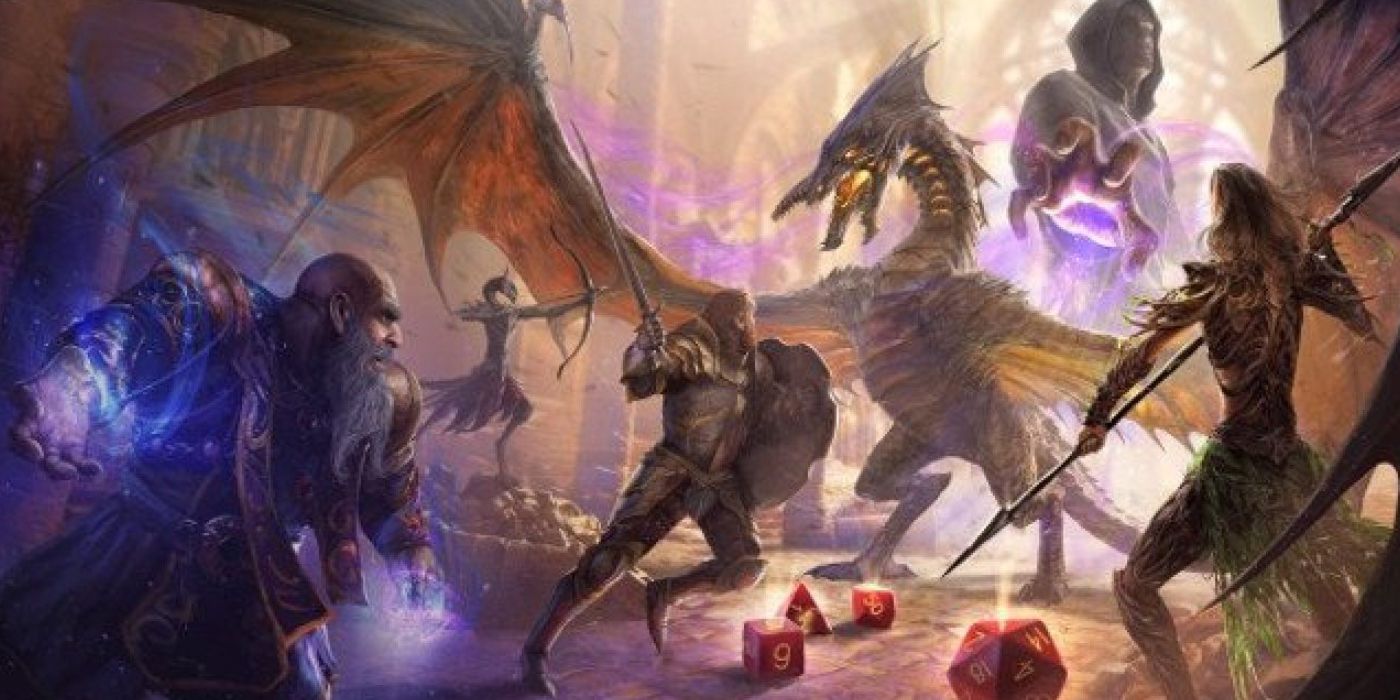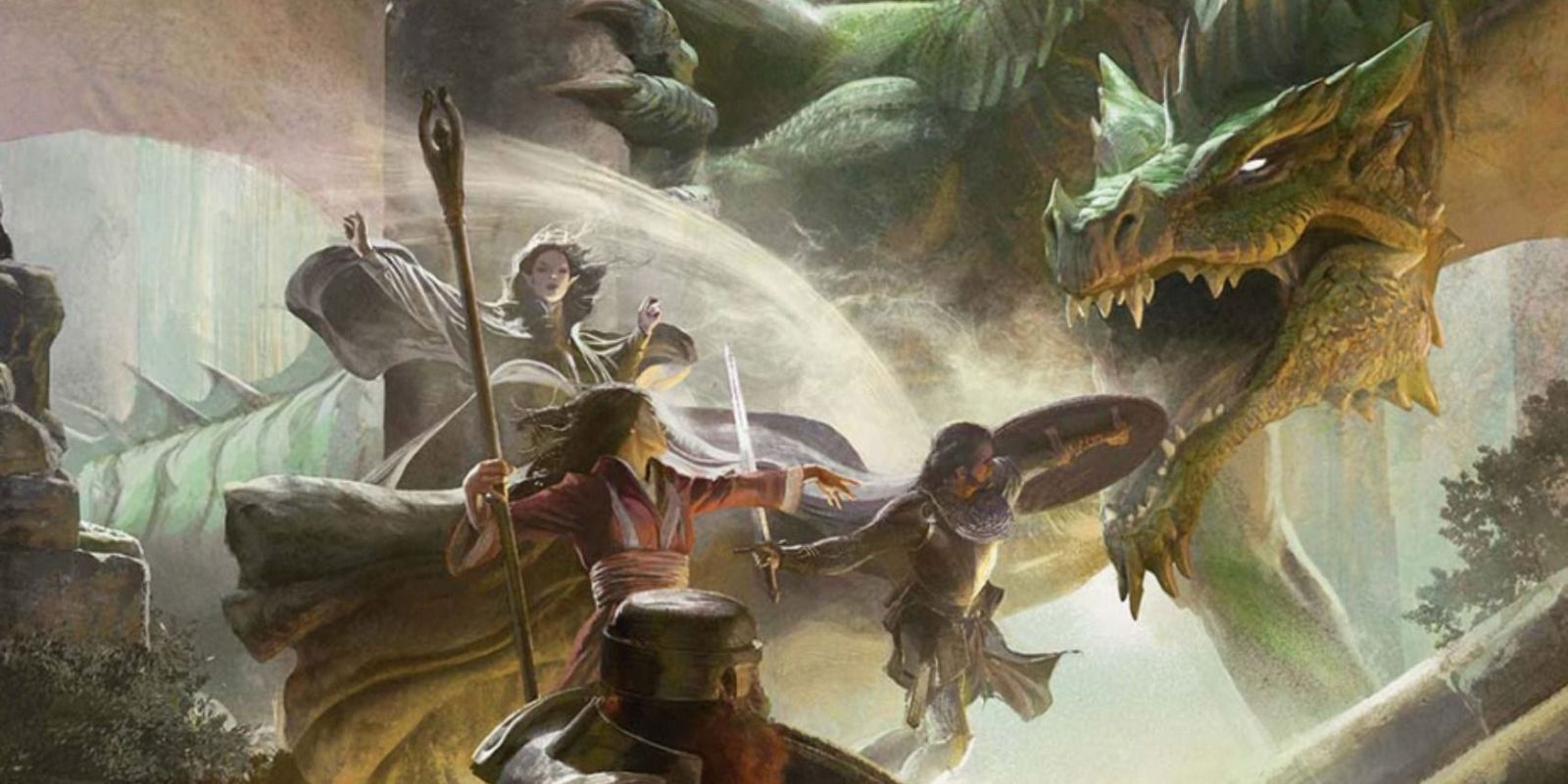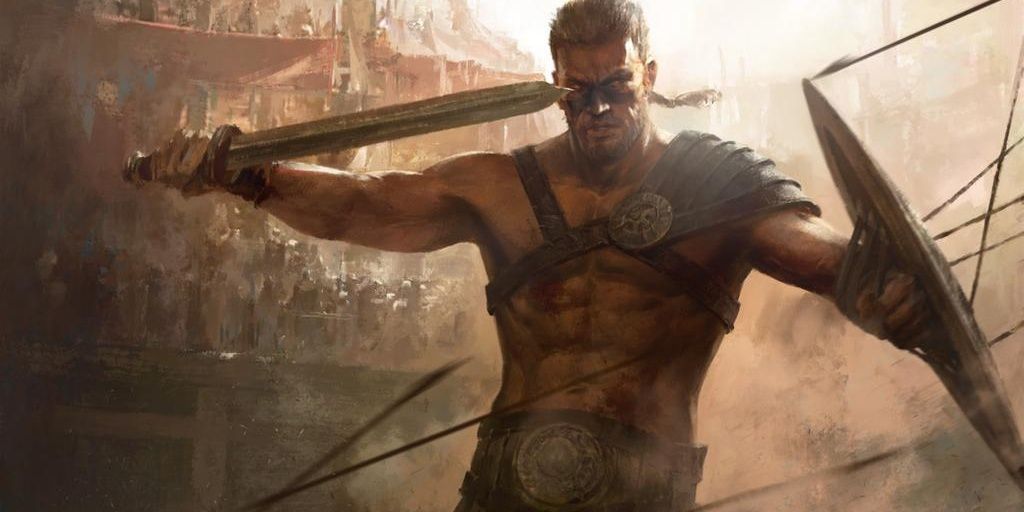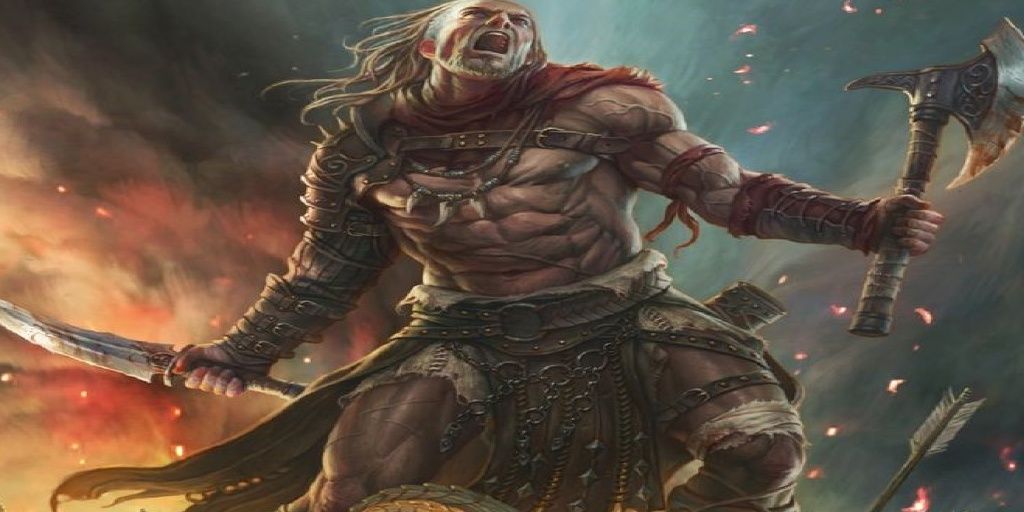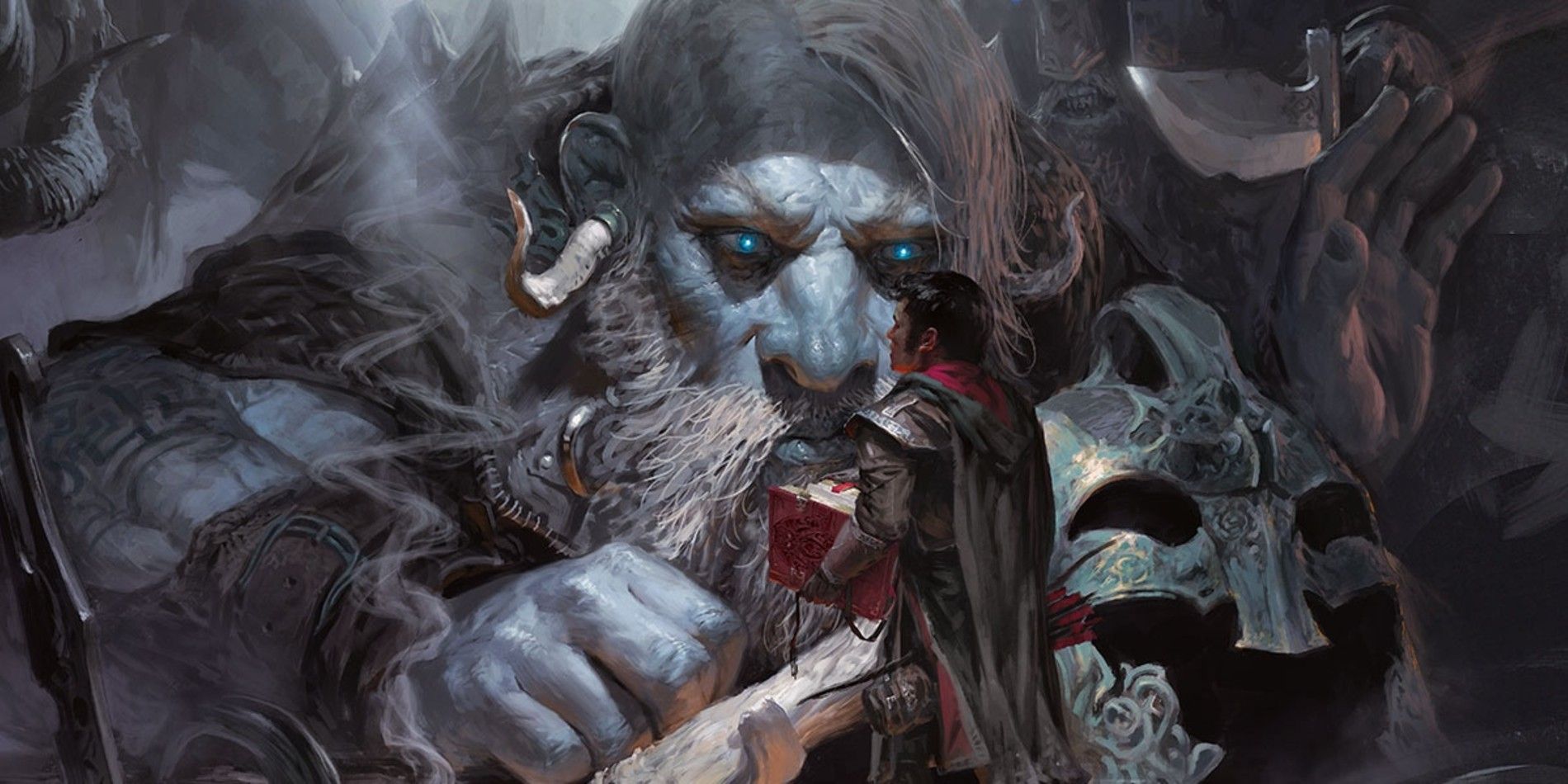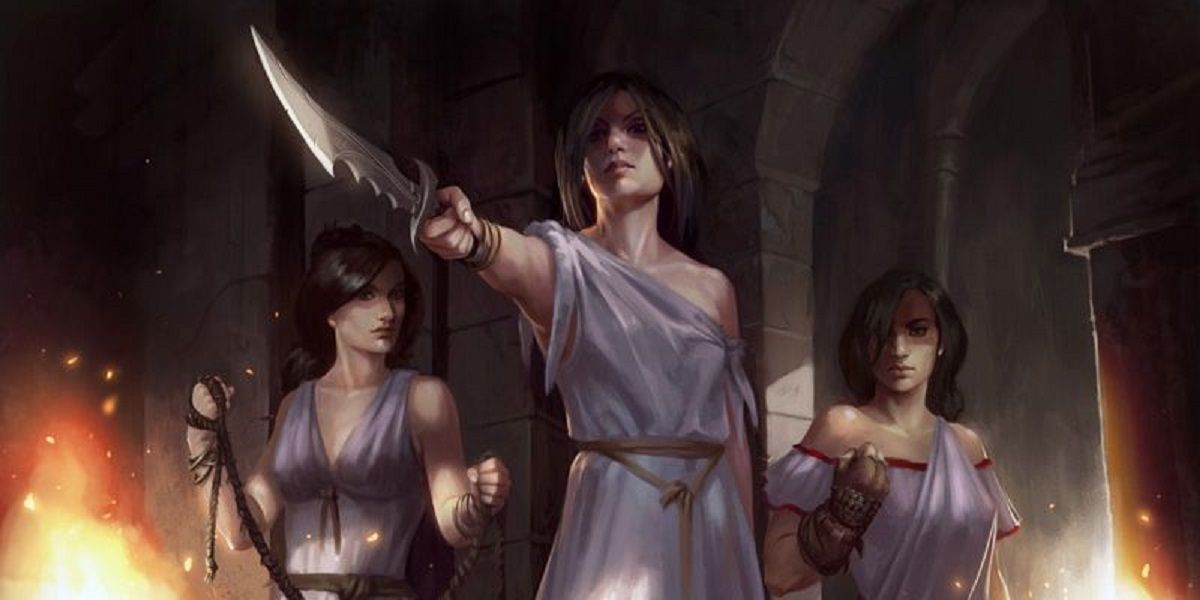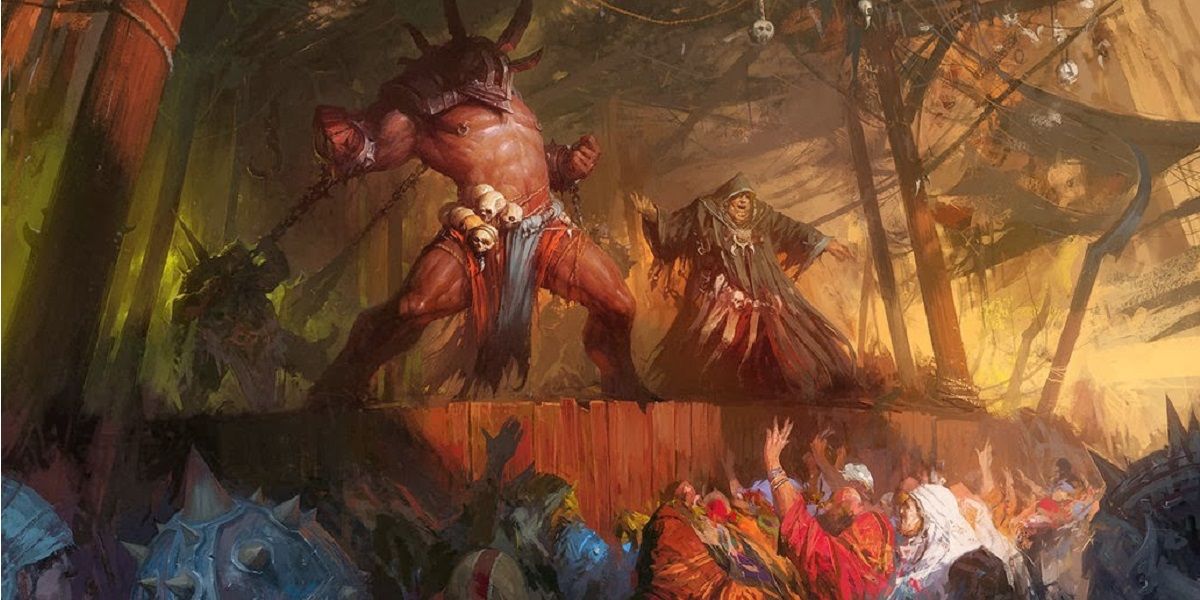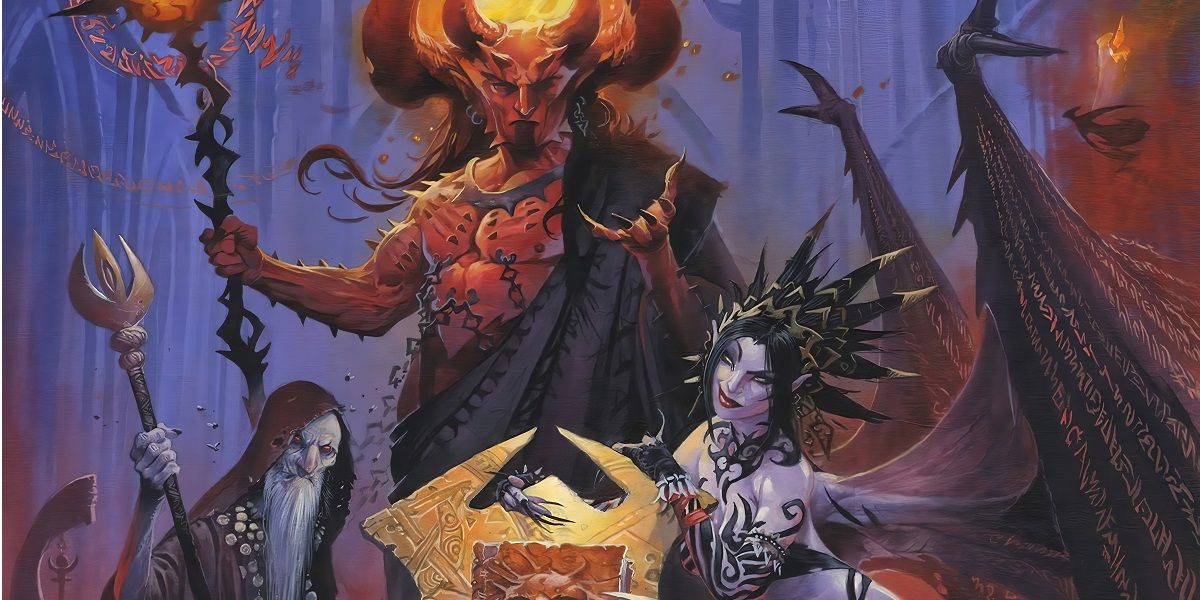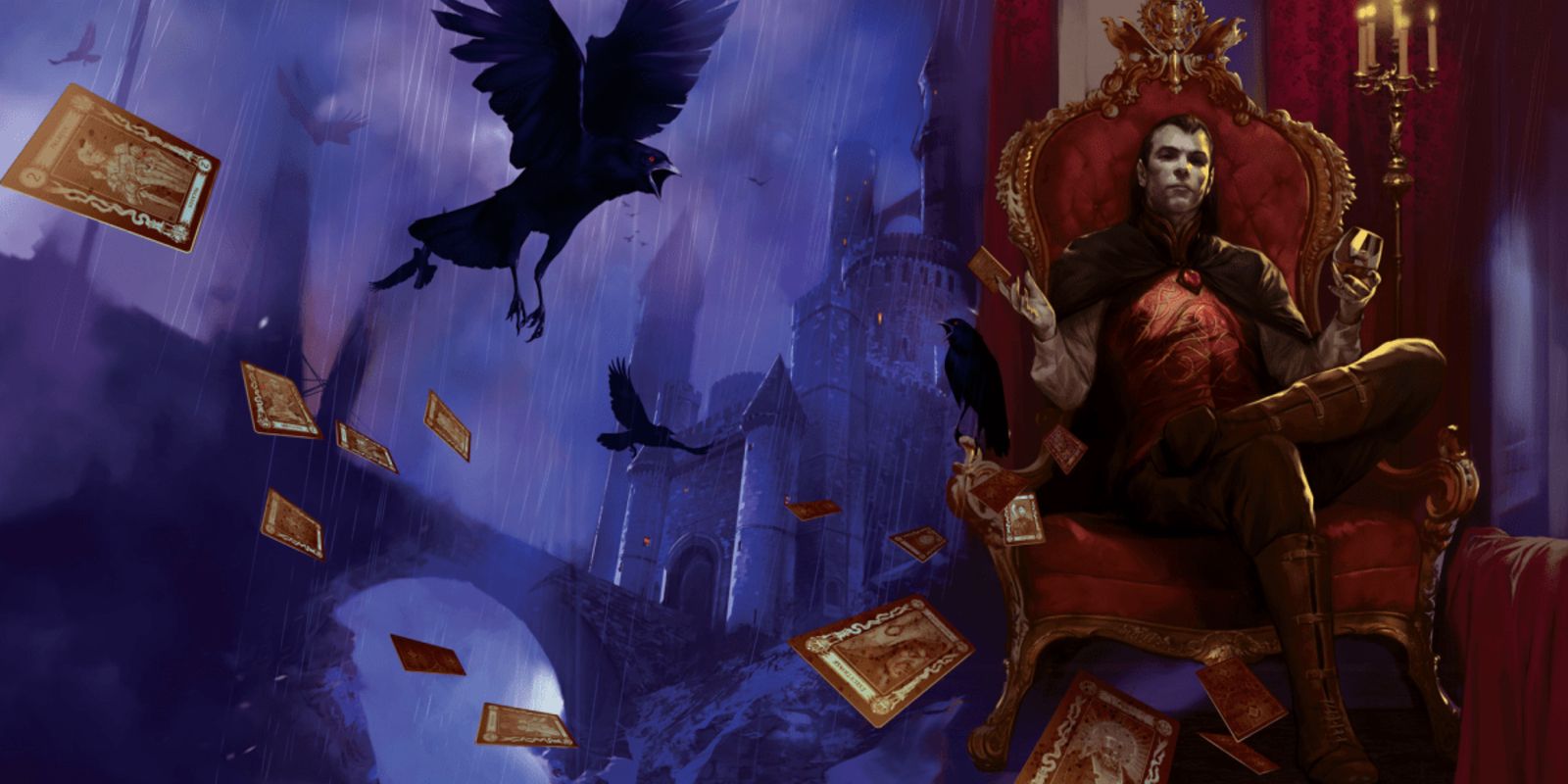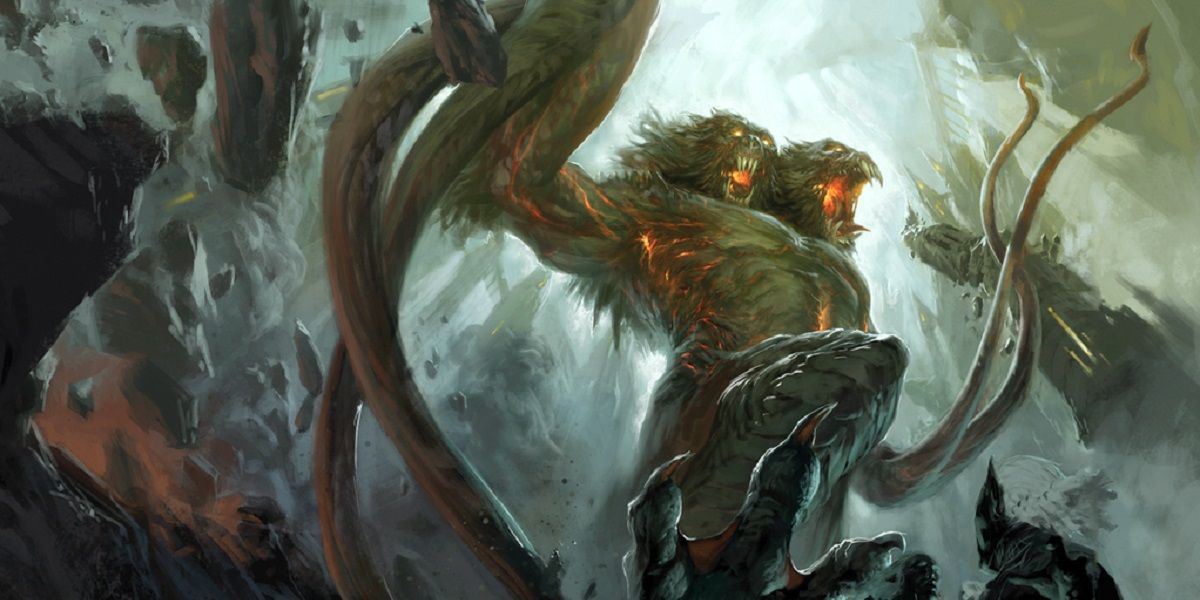A core part of defining a Dungeons & Dragons character, primarily as a player (though Dungeon Masters can also use it for roleplaying NPCs), is figuring out their alignment. In simplest terms, alignment defines a character's worldly philosophy, in regards to the principles of good, evil, law, chaos and neutrality. But beyond that, depending on the players' initiative, it can also have an impact on gameplay.
Alignment is perhaps best viewed as a tool, not a rule. Some players might simply fill in the alignment block on their character sheets real quick and never think about again. Others might let it completely define how their character behaves and interacts with the world. The various fifth edition D&D books explain that most races and creatures typically fall under one alignment or another, but that doesn't mean players are strictly bound to those guidelines. Additionally, players aren't bound to any one alignment; depending on how a character progresses, their alignment could change.
There are nine core alignments. These are lawful good, neutral good, chaotic good, lawful neutral, true neutral, chaotic neutral, lawful evil, neutral evil and chaotic evil. It's up to the players and DM to determine which alignment best suits a particular character and how they'll allow that alignment to influence their playstyle. Here's a quick rundown of each alignment, and how players can use them to flesh out their characters.
Lawful Good
Lawful good is often joked about as the alignment absolutely no one should ever want to play. Lawful good characters are righteous paladins, knights or wizards that want to save the world and keep everyone strictly on track while doing so. In truth, they don't have to be so rigid as that. Yes, a lawful good character may follow a stringent creed, the whims of a god, or a knightly code, but that doesn't disallow them from thinking for themselves.
In many cases, lawful good characters can find excellent ways to round out a party of crazy adventurers as the group's moral compass, while still allowing everyone the freedom to do what they want. If a player wants to play the most righteous version of themselves, lawful good is the alignment to go with.
Neutral Good
Neutral good characters aren't lawless, nor do they completely follow the rules. They're not morally bleak, nor are they the most ethically sound. Ultimately, they are out to make a positive change in the world.
These characters are probably a bit more willing than lawful good characters to get their hands dirty for the sake of doing some good. They more willingly invite outside-the-box thinking when it comes to saving the day, but aren't so wild as chaotic good characters as to throw caution to the wind. Sellswords and wandering mages or rogues that keep to themselves but also call out injustices when they can will typically fall under this alignment.
Chaotic Good
Playing a chaotic good character lets a player say, "Yeah, I want to save the world, but I also want to have as much fun as possible while doing so." In this way, chaotic good characters are arguably the most fun to play. Players get all the perks of feeling free to do what they want while also still landing on the righteous side of the alignment chart.
Chaotic good characters tend to stand for ideals such as freedom and happiness and will stand in defense of those ideals no matter what. And, while they're doing whatever good they can in the world, they probably won't mind celebrating and getting black out drunk after a glorious victory.
Lawful Neutral
Lawful neutral characters tend to play things by the book, but they don't much care for how the world turns so long as it continues doing so. Most characters under any neutral alignment are typically out for themselves, but lawful neutral characters have a stable code and a stronger focus on things that matter.
This is why goliaths often fall under this alignment; their culture is described as one of honor and fairness, but they also believe in concepts such as survival of the fittest. Players might consider that kind of mentality when taking on the role of a lawful neutral character.
True Neutral
A true neutral character might view the world as a free-for-all, and they are on their own side. They might have a loose set of rules they follow, but certainly no desire to see anyone other than themselves prosper. If they have to help or hurt someone to get something in return, they'll do it. Characters of true neutrality have great potential to go any which way in the alignment chart, as they sit perfectly in the middle of the whole thing. They could turn into great heroes or treacherous villains, depending on how a campaign progresses. It's all up to the player.
Chaotic Neutral
Chaotic neutral characters are perhaps the clearest examples of characters that sincerely don't give a damn. Like other characters of a neutral alignment, they're purely dedicated to their own interests, but their methods are more erratic and unpredictable. They don't care about lying or hurting someone to get what they want, but they're not exactly trying to bring people to their knees. They enjoy when society is in working order, if only so they may exploit it for their own gain. Thieves and mercenaries easily fill the chaotic neutral role.
Lawful Evil
Lawful evil characters undoubtedly have nefarious intentions, but they at least follow a code or set of rules. There is a method to their madness. Yes, they'll bring the world to its knees, but once a lawful evil character has what they want, they'll make sure everything is in a perfect, well-ordered shape. Many fiends and devils of the Nine Hells are lawful evil, as they tend to follow this kind of mindset. Likewise, guilds of assassins might also have a lawful evil alignment.
Neutral Evil
Neutral evil characters can potentially become the vilest of villains, as they tend to show no remorse or concern for their actions, but at the same time, they have a concise understanding of what, why and how they do what they do. One might look at neutral evil characters as getting the best of both worlds on the side of evil. They don't have a code, nor do they want to see everything brought to ruin, so they sort of get to have their despicable cake and eat it too. All manner of evil creatures and characters can claim this alignment.
Chaotic Evil
Whereas lawful evil characters have an orderly vision of a universe under their heel, chaotic evil characters just want to see everything burn. Most demons of the Abyss fall under this alignment. They'll tear everything down if it means achieving their insane goals.
That's the essential mindset of a chaotic evil character; they don't care about rules or ethics, they just want to break as much of the world as they can. Maniacs, crazed killers, and titans seeking to impose their abominable will on the universe fall under the chaotic evil alignment. But please, if you play a chaotic evil character, don't be a murder hobo. Those are never fun.

